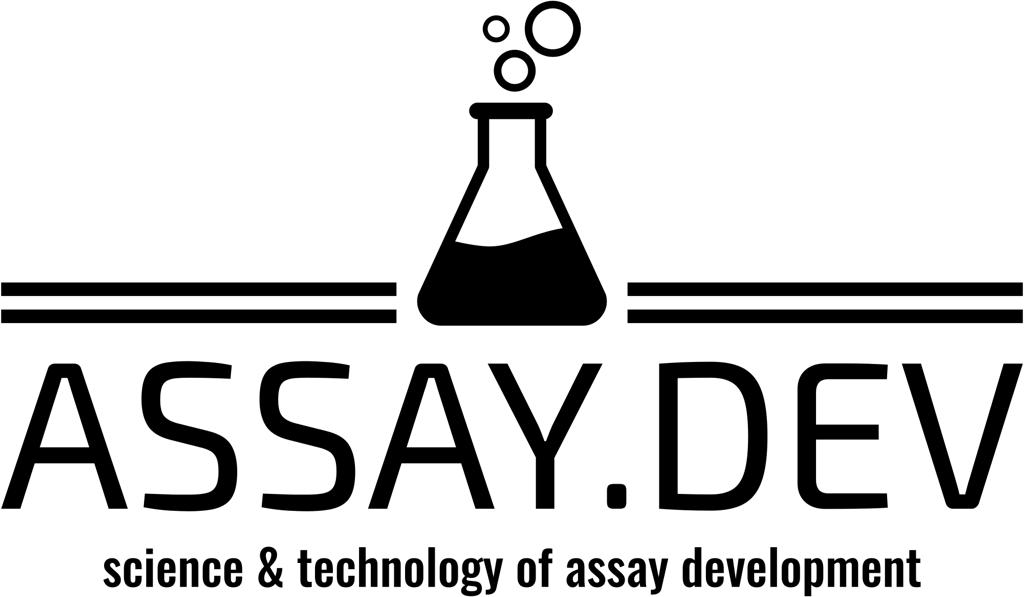
3D printing has emerged as a transformative technology with vast implications across industries, ranging from manufacturing and healthcare to design and education. Also known as additive manufacturing, 3D printing revolutionizes traditional production methods by creating physical objects layer by layer from digital models. This approach grants unprecedented design freedom, allowing for the creation of intricate and customized structures that were once deemed unfeasible. From aerospace components to medical implants, 3D printing’s versatility is reshaping how we conceive, create, and produce objects.
The benefits of 3D printing are manifold. It reduces material waste compared to subtractive manufacturing methods and enables rapid prototyping, accelerating product development cycles. Industries can tailor designs to meet specific needs, whether it’s crafting personalized medical devices or producing lightweight, complex geometries for engineering applications. Furthermore, the democratization of 3D printing technology empowers individuals, startups, and researchers to turn their ideas into tangible reality without the constraints of traditional manufacturing constraints.
In recent years, 3D printing has made significant strides in materials innovation, paving the way for applications in bioprinting, food production, and sustainable construction. With advancements in multi-material and multi-color printing, the technology continues to push boundaries. As 3D printing evolves, its impact on industries and society is poised to expand, redefining production paradigms and inspiring innovative solutions to some of the most pressing challenges of our time.
